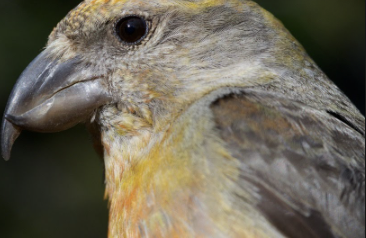Archosauria Form and Function Lab Quiz UF
1/25
There's no tags or description
Looks like no tags are added yet.
Name | Mastery | Learn | Test | Matching | Spaced |
|---|
No study sessions yet.
26 Terms
Anisodactyly
Most common arrangement; digit 1 (hallux) is in back and digits 2-4 are in front

Zygodactyly
Digit 1 faces back, 2 and 3 are in front, and 4 is located laterally, but often faces back when the bird is perched on a branch
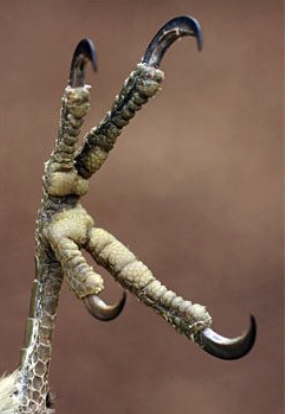
Syndactyly
Proximal phalanges of digits 2 and 3 are fused to some extent
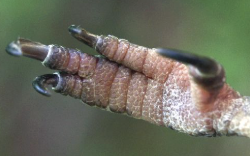
Tridactyly
Digit 1 has been lost
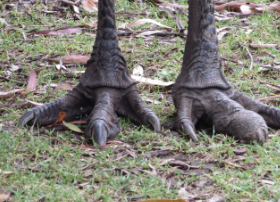
Palmate
Webbing occurs between toes 2, 3, and 4, but excludes the hallux
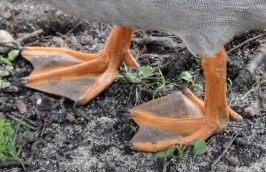
Totipalmate
webbing occurs when all four digits are included in the webbing
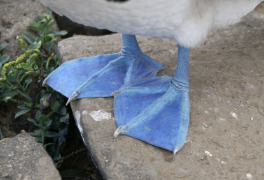
Semipalmate
webbing occurs when a small web is present between toes 2, 3, and 4, but this web does not extend to the claw of each toe

Lobate
Lobate toes 2, 3, and 4 are edged with lobes of skin, but the skin does not connect individual toes to one another
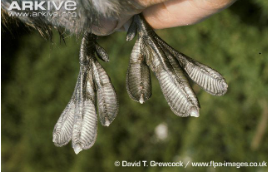
Fruit eating
Short, thick, curved beaks
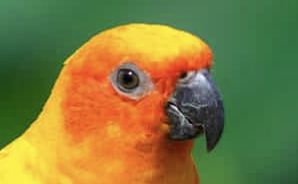
Insect eating
Short and pointed beaks
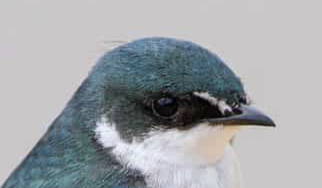
Grain and seed eating
Conical bills
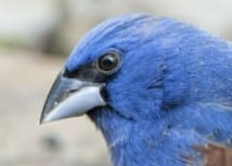
Chiseling
triangular and sharp with unique cranial structures
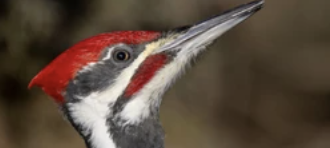
Filterfeeding
beak is lined with comb like plates

Meat eating
Sharp, hooked beak

Tail feather (contour)

Flight feather (contour)

Semiplume feather
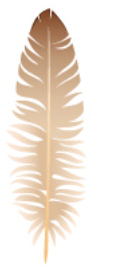
Down feather
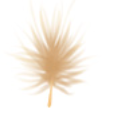
Filoplume feather
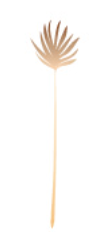
Bristle feather

Furcula
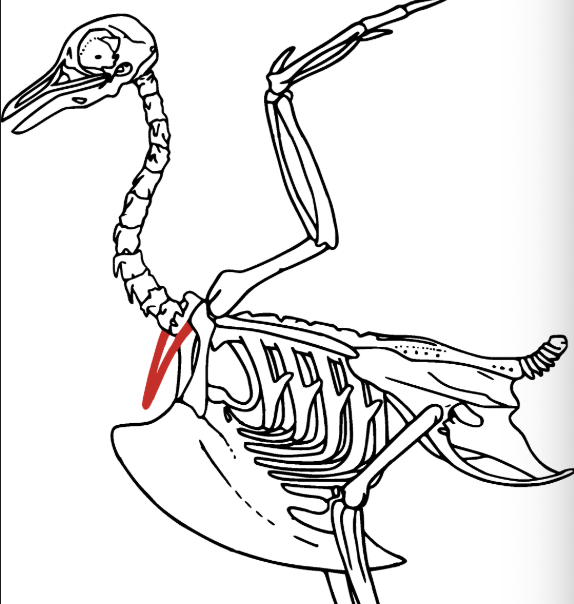
Keel of sternum
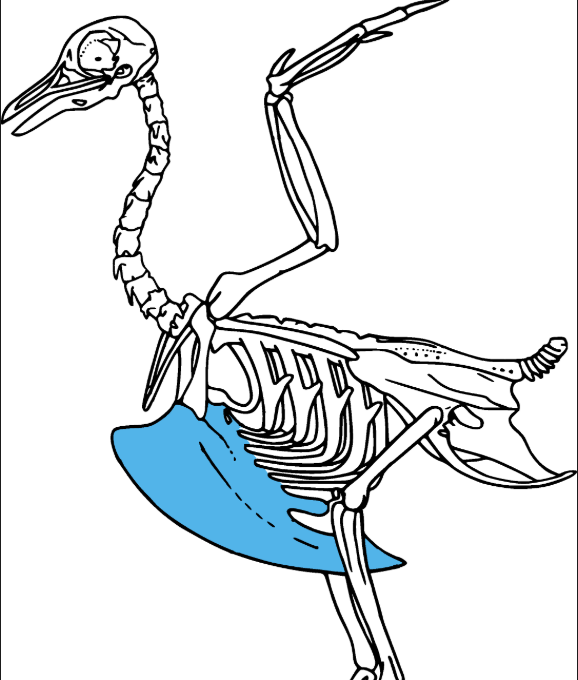
Triosseal canal

Tarsometatarsus

Coniferous-seed eating
